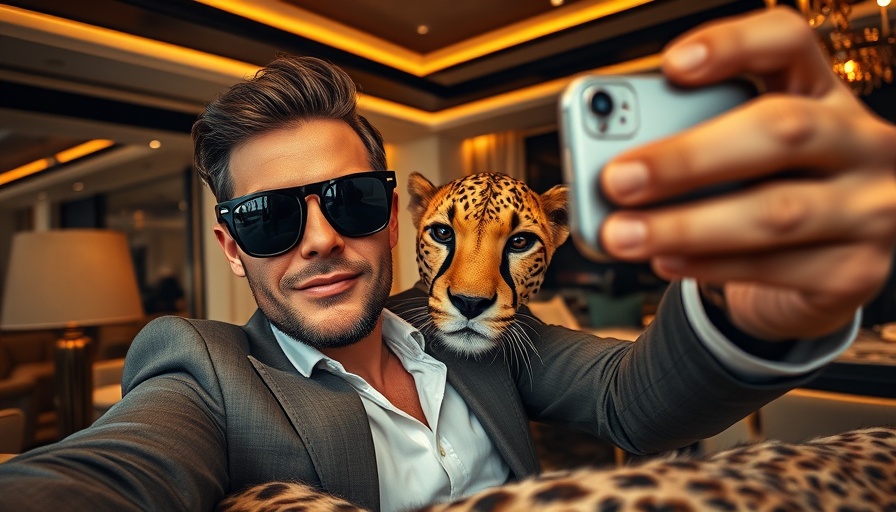
Why Pet Fluencers Are Transforming Social Media
In the age of Instagram, a new breed of influencer has emerged: the petfluencer. This term merges the worlds of pets and influencers, capturing a booming segment where adorable animals generate heaps of likes and cash. But beneath the surface of viral cuteness lies a troubling reality—how are these animals faring in the pursuit of fame?
In 'Animals on Instagram', the exploration delves into the trend of petfluencing, raising key issues regarding animal welfare and treatment that deserve further examination.
The Dark Side of Petfluencing
The documentary "Animals on Instagram" sheds light on the sometimes grim consequences of this trend. As petfluencers create content with their pets, the treatment of these animals raises ethical questions. Influencers like Maria, who creatively garners attention with her two Dalmatians, have to juggle their animals' well-being against the need to keep followers engaged and entertained. The content demands can lead to various forms of stress for the pets involved, igniting a debate about animal welfare in the digital age.
Exotic Animals: Trends or Trendy Abuses?
From the innocence of house pets to the ostentatious ownership of wild animals, the animal content landscape on Instagram has expanded to include all kinds of creatures. Influencers like Hummide Albu, who flaunts his exotic pets—a baby chimp and tigers—invite scrutiny over how such animals are treated. Critics argue that their online fame perpetuates a dangerous desire to keep wild animals as personal pets, despite the inherent risks involved. With a vast following come ethical responsibilities that many in the industry appear to overlook.
Understanding Animal Rights and Responsibilities
Despite legal protections in some areas, many petfluencers operate in a regulatory vacuum. In Germany, for example, while laws exist that dictate the treatment of animals, the internet poses a unique challenge where enforcement is complicated. As the desire for likes and shares overshadows animal welfare, it's critical as consumers to navigate social media responsibly. Veterinarians have sounded alarms regarding the dangerous stunts often inspired by online trends, illuminating potential harm to the animals involved.
Moving Forward with Care
The conversation about petfluencing is imperative for ensuring the responsible treatment of animals used for content. Audiences—especially in regions with burgeoning social media like Africa—should demand better practices from influencers. Simple steps like avoiding engagement with harmful content and supporting creators who prioritize animal welfare can lead to more ethical social media.
Ultimately, petfluencers wield significant influence, and with it comes the power to either hurt or uplift animal welfare. As followers, we can guide the narrative by advocating for animal rights and taking an active stance against exploitative practices in the name of entertainment. Our engagement decides which narratives succeed.
 Add Row
Add Row  Add
Add 




Write A Comment